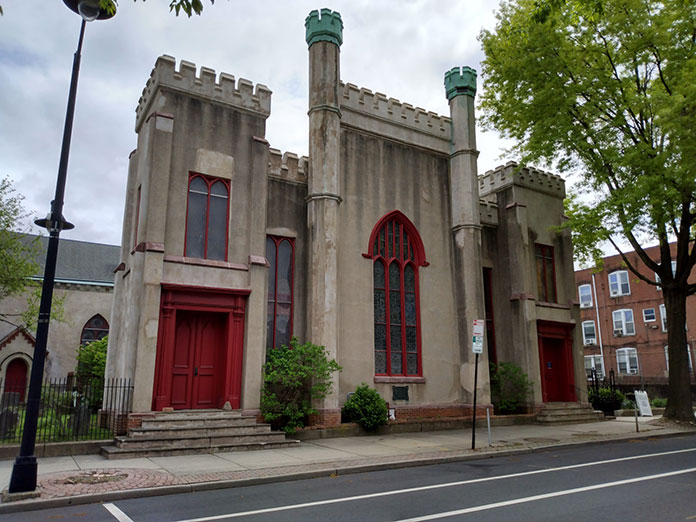
HOWELL – The man for whom the largest township in Monmouth County is named was a dynamic historical figure.
From his birth, the Delaware native moved through the early days of the Colonies’ struggle towards independence, playing a key role in the events that shaped history.
The State of New Jersey is often tagged as the “Crossroads of the Revolution” because of the numerous key military battles and the significant figures who walked amongst the Colonists of what would become the Garden State. In fact, more than 200 armed conflicts associated with the Revolutionary War took place in New Jersey during the American campaign towards independence. But while such individuals as Washington, Jefferson and Franklin are often tabbed as notable names associated with the “Founding Fathers” of the American Revolution, a lesser figure is often left out of the conversation.
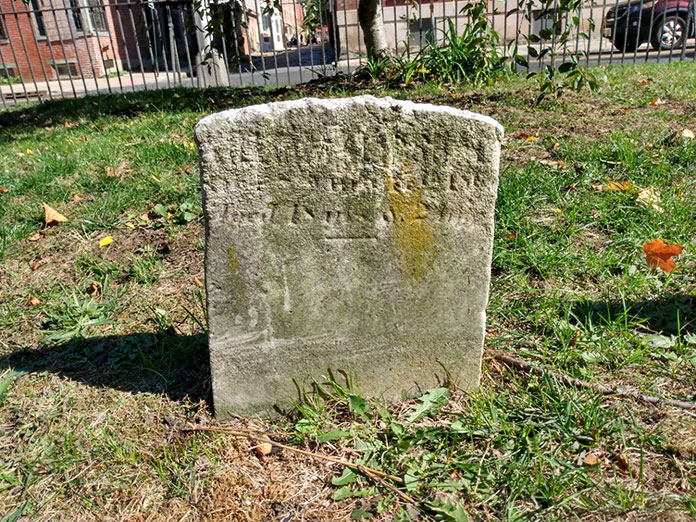
Serving to educate the public about this often-overlooked historic figure is the Howell Heritage and Historical Society (HHHS), under the direction and leadership of President Robert Novak and Vice President Ann Malsbury. Much of the information that is known about Richard Howell today comes from their exhaustive search and collections contained within the historic MacKenzie House, which serves as both a museum and headquarters for the HHHS.
On October 25, 1754, Richard Howell was one of two twins born to Ebenezer and Sarah (Bond) Howell. Along with his twin brother Lewis, Richard was one of 11 children that comprised the family, who were farmers of Welsh descent. The family were Quakers, but as the two twins matured into manhood, they became outspoken and active in the movement towards American independence.
The Quaker religion is one of pacifism, where members of the faith are taught to avoid all forms of armed conflict. This presented a moral dilemma for the Howell brothers, and while it is not known what path Lewis ultimately followed, he almost certainly shadowed his brother’s footsteps and chose to eschew his Quaker upbringing to embrace the Episcopal faith.
“Quakers are still anti-war,” said Fred Millner, who serves as the de facto historian of the Trenton Meeting House. “A letter survives from the Clerk of Philadelphia Yearly Meeting, sent to all the local meetings, to avoid all possibilities of engaging in conflict with the British. It was dated December 1776, a week before the Battle of Trenton.”
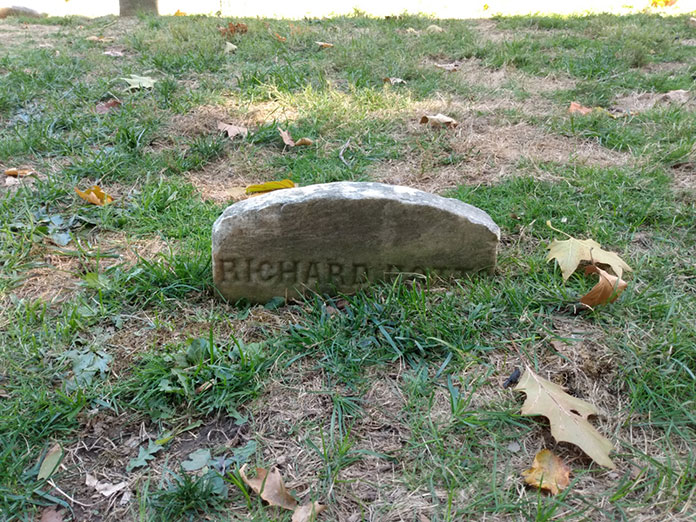
Both brothers were professional men, with Richard becoming a lawyer and brother Lewis, a physician. So, it is all the more remarkable that they would risk their lives and professional statuses to take up armed conflict against the British soldiers on behalf of the upstart Colonial militia.
While the Boston Tea Party is a much more celebrated event in the annals of the American Revolution, there was a similar attack on New Jersey soil, as well. On December 22, 1774, the Howell brothers, along with other Colonial insurgents, dressed as Native Americans and raided the port in Greenwich, New Jersey, destroying tea and property in this small Salem County town. A monument stands in the town commemorating the night, and it is just one of the many events that Howell would take part in on behalf of the push for independence.
If one quality can be ascribed to Richard Howell, it is his ability to seek out and survive danger. He fought as a commissioned officer in the Colonial Army, and was a trusted confidante of General George Washington, implementing the planned campaigns of the Revolutionary War, most notably fighting alongside him at the Battle of Monmouth in 1776.
At Monmouth, Richard Howell survived, but his brother Lewis would not be as lucky. While Lewis Howell would succumb to the fever that took his life, Richard went on to fight in Pennsylvania at the battles of Brandywine and Germantown, both of which inflicted heavy losses on the Colonists.
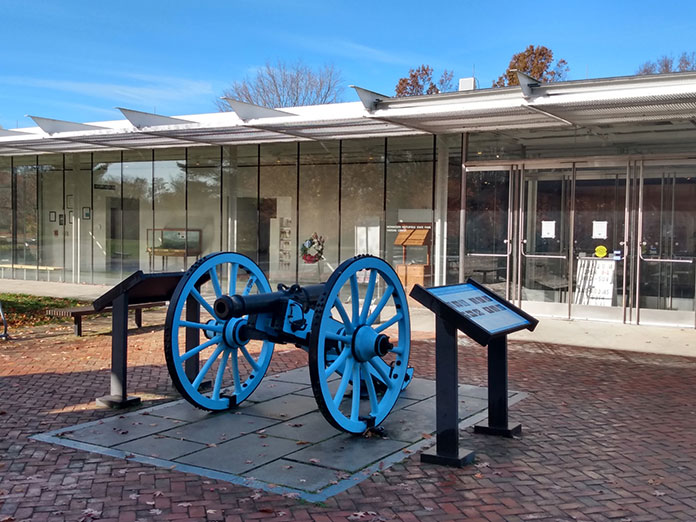
Howell was encamped during the unforgiving winter at Valley Forge and fought in the surprise attack on the Hessian mercenaries who had been retained by the British at the Battle of Trenton. He also participated in military campaigns in Quebec on behalf of the fight for independence, and as a trusted member of the army he led forces to squash both the Whiskey Rebellion in 1794 and Fries’ Rebellion in 1799.
Yet, incredibly, for a man who served the nation in its infancy and cheated death on countless occasions, the exact location of his final resting place remains a mystery.
While he converted to the Episcopal faith, and even served as a vestryman for St. Michael’s Church in Trenton, he is not buried in any grave connected to that faith. Curiously, while he was raised a Quaker, his call to national duty compelled him to find a faith that would allow him to fulfill his desire to help form the new nation. Yet, when he married, he chose to wed Keziah Burr, who was also a Quaker. Burr was a relative of the infamous Aaron Burr, who is perhaps best known for his fatal duel with Alexander Hamilton in Weehawken.
Howell had survived his many military campaigns, the brutal winter at Valley Forge, and avoided the illness which claimed the life of his brother during the campaign at the Monmouth Battlefield. When he left the military he continued to serve, transitioning into a career in intelligence for the young republic his actions helped to establish. He eventually ran for, and was elected as, the third governor of the State of New Jersey, holding the office and being re-elected yearly from 1792 until his retirement in 1801. Howell died the following year at age 48.
“I would assume that when [Howell] died, Keziah followed her own beliefs and had him buried where she was worshipping,” said Millner. “There is no doubt that Richard Howell died in Trenton, and no doubt that his wife, Keziah Burr Howell, was a lifelong Quaker.” This union ultimately helps to unsatisfyingly solve the mystery of the final resting place of Governor Richard Howell within the confines of the Friends Burial Grounds in downtown Trenton.
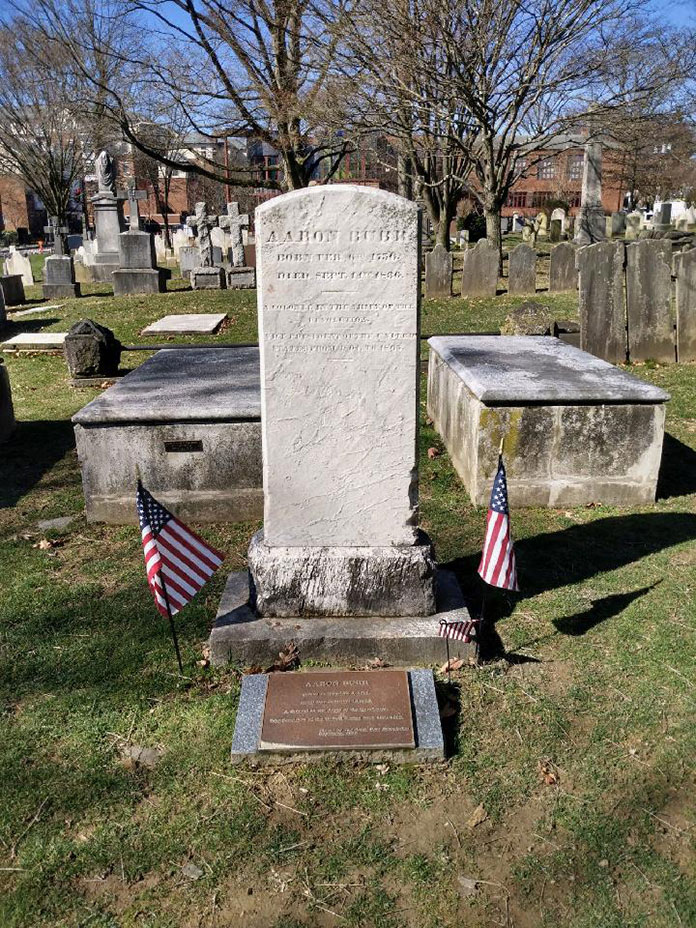
“It seems to be general knowledge,” said Millner regarding Howell’s gravesite in Trenton. However, the problem with locating the exact plot is complicated by not only the passage of time, but also the lack of preserved records and the humble quality of Quaker burials during that time period.
Unlike modern graves which utilize granite or marble for headstones, Quaker graves in the 18th and early 19th Centuries used wood or stone that was easily weathered by the elements. For this reason, many of the markers have been lost to time, and those stones which remain have been worn down to the point where names and dates are illegible, and in some cases, the stones have even sunken into the ground.
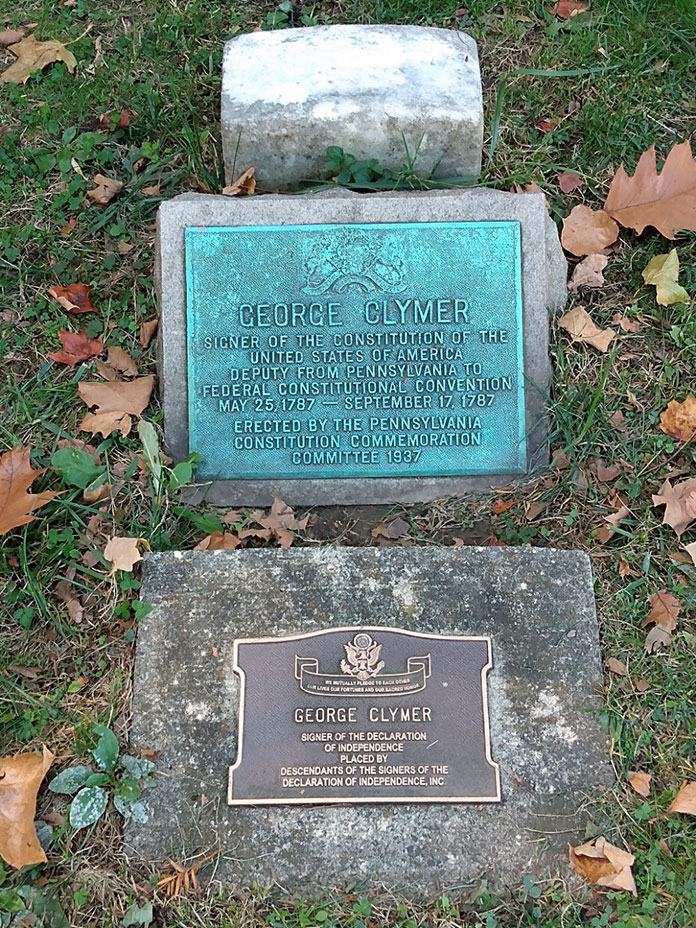
Unfortunately, the trail ends at the Friends Burial Grounds in Trenton, where clues, while tantalizing, lead to no concrete conclusion about the exact location of Howell’s gravesite. Perhaps Howell’s grave is emblematic of the man himself, known to exist, yet not fully recognized in his importance to the American Revolution and the establishment of the nation.






